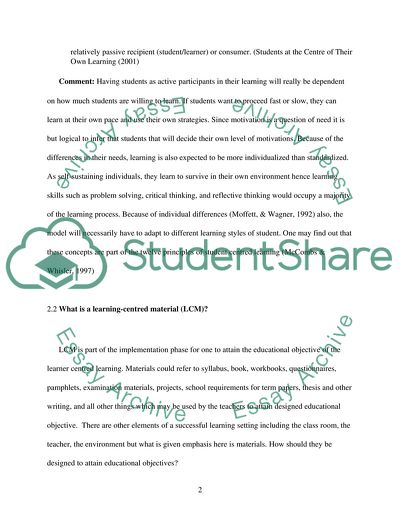Cite this document
(Learner-centered Design of Educational Materials Assignment, n.d.)
Learner-centered Design of Educational Materials Assignment. https://studentshare.org/education/1703602-how-and-why-would-you-design-learner-centered-materials
Learner-centered Design of Educational Materials Assignment. https://studentshare.org/education/1703602-how-and-why-would-you-design-learner-centered-materials
(Learner-Centered Design of Educational Materials Assignment)
Learner-Centered Design of Educational Materials Assignment. https://studentshare.org/education/1703602-how-and-why-would-you-design-learner-centered-materials.
Learner-Centered Design of Educational Materials Assignment. https://studentshare.org/education/1703602-how-and-why-would-you-design-learner-centered-materials.
“Learner-Centered Design of Educational Materials Assignment”. https://studentshare.org/education/1703602-how-and-why-would-you-design-learner-centered-materials.


